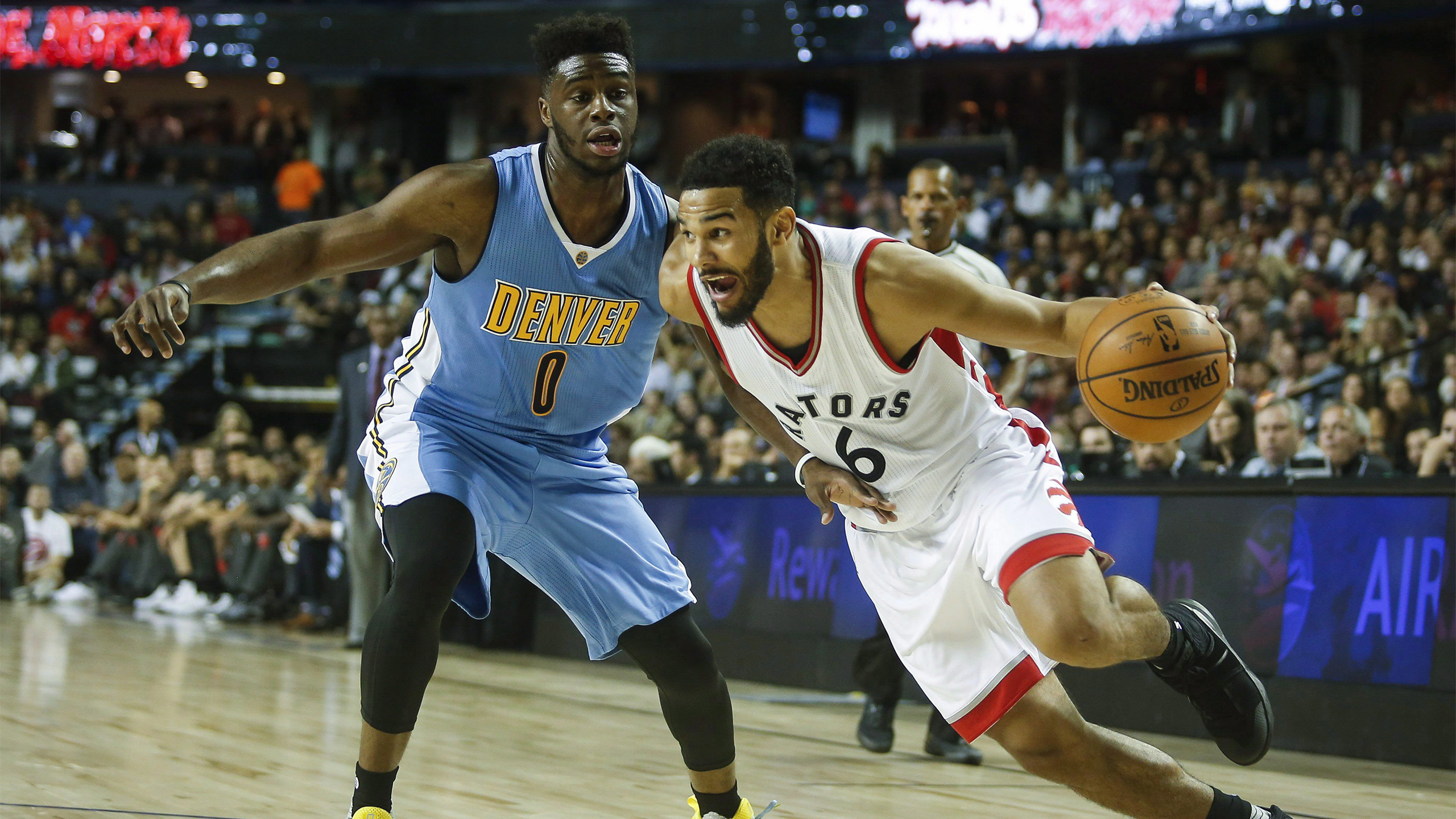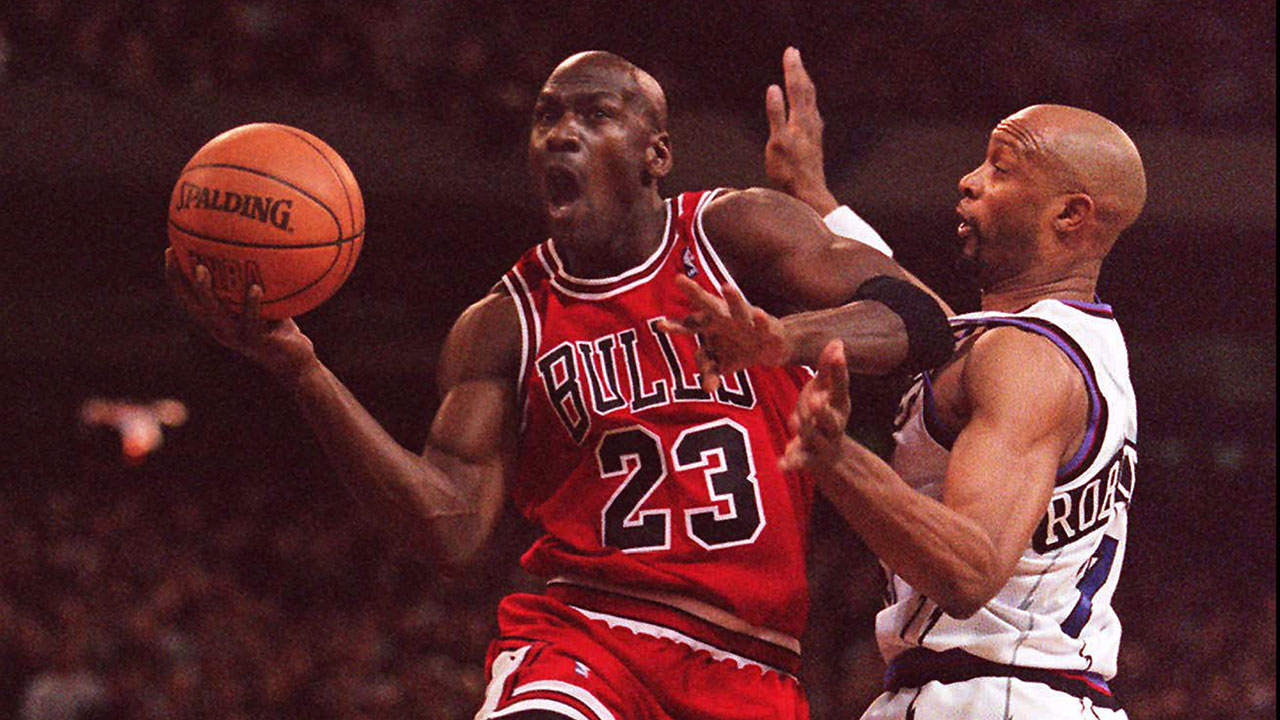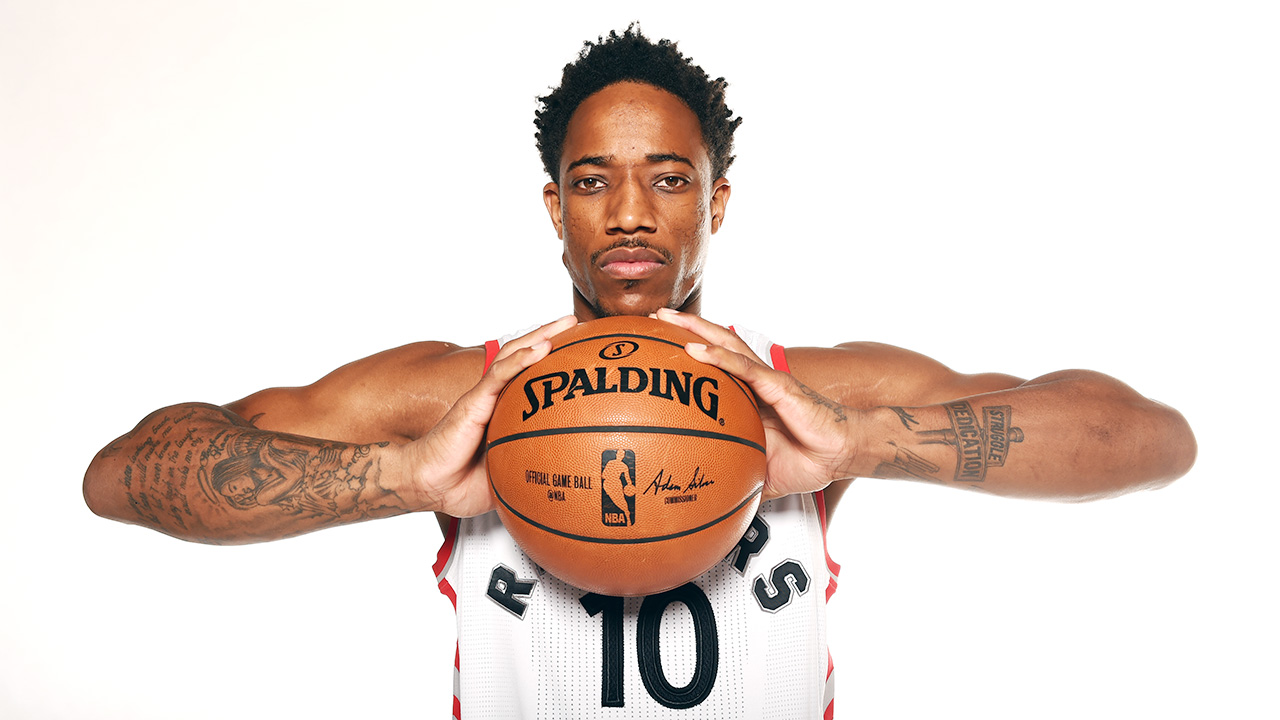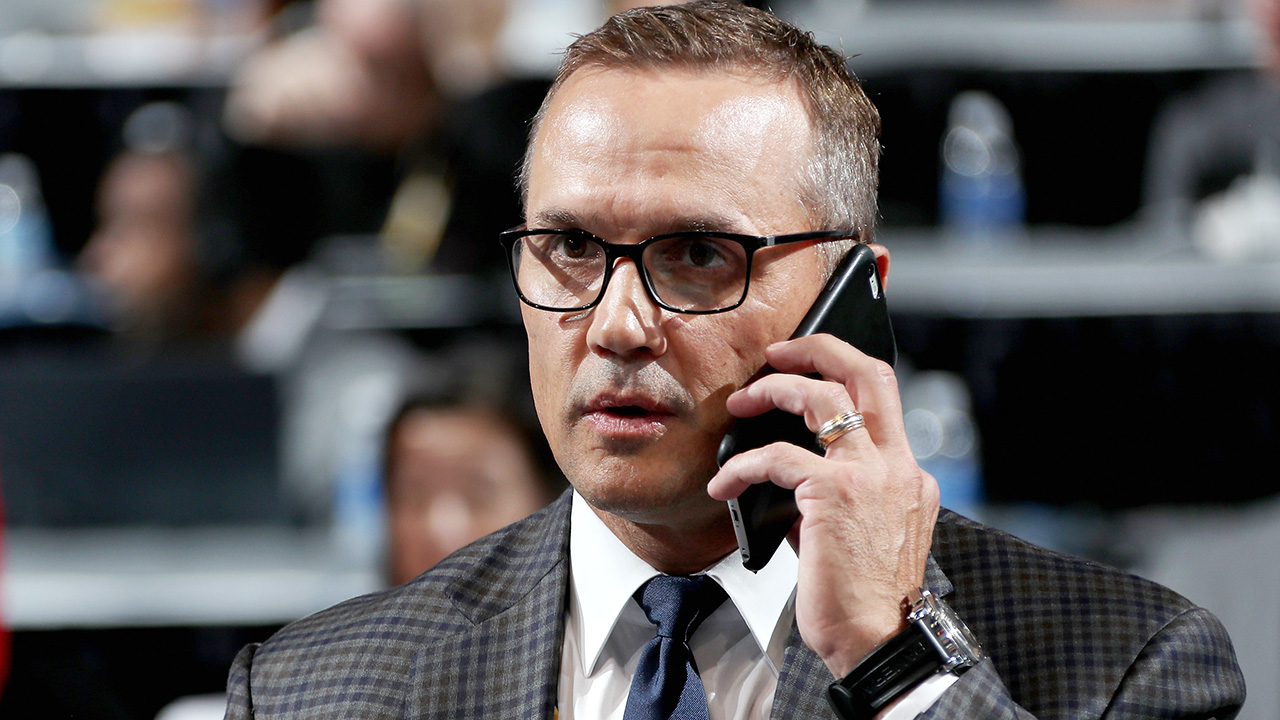About 45 minutes before tipoff of every game he plays, Cory Joseph sits at his locker and closes his eyes. Headphones on, knees bouncing in front of him, he starts picturing the things he wants to happen that night. He visualizes the plays he’ll run, the opponents he’ll guard, the tendencies he’s studied on film. He pictures the passes he’ll throw and the shots he’ll take. He sees the hardwood, the nine players spaced around him, the fans, the hands in his face, the air between his shoes and the floor as he jumps to shoot, and the ball falling perfectly through the net. He sees it all. And then he goes out and tries to bring it to life.
The game-day visualization is a preparation device Joseph learned from David Cox, a sports psychologist he works with through Team Canada. Steve Nash swore by it when he was playing season after season as the best point guard in the league.
“I kid you not,” Joseph says, “there are times when something might happen in the game and I’m thinking, ‘Man, it feels like I’ve been here before.’ That’s because I’m on my visualization. It brings everything together.”

This is an indication of how much Joseph prepares. And this is why Dwane Casey calls the 25-year-old Torontonian one of his team’s core workaholics. The Raptors head coach has asked Joseph to fill one of the most demanding, fluid roles on his team. On a nightly basis, Joseph will play and guard multiple positions. He’ll alternate between being a distributor and a scorer. He’ll run the point at times and space the floor at others. He plays a more varied range of roles than any other Raptor, and without his versatility, the team’s systems and rotations might just fall apart.
“A lot of it’s just his DNA and the way he approaches the game,” Casey says. “He’s done such a good job with that situation because of his intelligence. He’s a very valuable piece for what we’re doing.”
Here’s how a typical game might unfold for Joseph. He’ll start his night on the bench, carefully watching Kyle Lowry run the offence and taking mental notes on how the opposition is trying to disrupt the Raptors’ schemes. Then, late in the first quarter, Joseph will take over as the floor-runner for a spell, giving Lowry a rest as he commands Toronto’s second unit and tries to sustain offensive momentum. Ideally, the hyperactive guard brings an injection of energy that carries over to when Lowry retakes the floor midway through the second quarter. Then Joseph covers for Toronto’s primary scorer, DeMar DeRozan, as DeRozan takes a breather. That gets the Raptors to halftime. And that’s when things get interesting.
Joseph’s role in the second half can be anything and everything, depending on the game. If the opposition point guard is a bad matchup for Lowry—i.e. too big or athletic—Joseph can defend him. If not, Joseph can be asked to check a shooting guard or even a small forward. If Lowry’s in foul trouble, Joseph can take over at the point and run the offence. If not, they can play simultaneously in a small, dual-guard rotation that looks to push the pace. Sometimes Joseph acts as a distributor, trying to facilitate shooting opportunities for Lowry and DeRozan. Sometimes he works off the ball, focusing on spacing and creating room for others. Sometimes he sets up in the corner for threes. Sometimes he uses his elite ball-handling ability to drive the lane, draw help and open up opportunities for his teammates. All those assignments and responsibilities can be fluid, shifting and changing as the half wears on and Casey determines how best to get his team to the finish line. Like a chameleon, Joseph has to be ready to adapt under pressure. All he knows about the second half is he’s going to play a lot of minutes. He doesn’t even have a true position.
“What’s a position nowadays, you know? You’ve got fours playing the one; ones playing three and two,” Joseph says. “I prepare for all of it.”
Without a true superstar player—although DeRozan is having something to say about that early in the 2016–17 season—the Raptors rely on their bench to provide far more than just rest for starters. Two of the lineups Casey goes to most frequently in the middle of games feature either Lowry or DeRozan playing with Joseph and three other bench players. How those lineups are deployed is dependent on game flow and performance, but Joseph is a crucial component of each, and both units outscored their opponents over the course of the 2015–16 season. In fact, when Lowry and Joseph were on the floor at the same time last year, the team bettered opponents by more than 12 points per 48 minutes, playing at a blistering pace of 111 points per 100 possessions. The Raptors’ second-most-effective unit featured Joseph playing with Lowry, DeRozan and two bench players: Patrick Patterson and Bismack Biyombo. That rotation topped its opponents by 16.4 points per 100 possessions. And this was in a year when Joseph was still adapting to the role.
“Last year he was kind of guessing,” Casey says. “Now he understands the system. It took a little while to get familiar with it. But he’s understanding his teammates. He’s understanding what they need, and what he needs to do in his role with them. The confidence level now is off the charts.”

The next piece Joseph’s trying to add is a three-point shot, something he’s worked on diligently for the 16 months he’s been a Raptor. Last season, after games and shootarounds, Joseph would sneak up to the practice court with ex-Raptors forward James Johnson and coach Jerry Stackhouse to wage long, intense, trash-talk-filled three-point competitions. The trio would choose five locations around the arc and go shot for shot until the first man sank five balls from each position. This past summer, he brought that game to Team Canada training sessions and took things to the next level on his own time. He’d stay late in the gym, just him and a coach, working on catch-and-shoot threes from a variety of spots on the floor. He’d then introduce movement aspects to simulate game scenarios, running from one side of the arc to the other to take a pass in motion, set his feet and fire. He ran constantly during the training to imitate third- and fourth-quarter conditions, ensuring he was maintaining his mechanics when he was fatigued. He focused on eliminating any millisecond of hesitation once he caught the ball, and on shooting the exact same way every time, repeating his form no matter where or how the shot was created.
“Repetition, repetition, repetition,” Joseph says. “I definitely feel like I’ve improved my three-point shot. That’s another threat to my game now. If the shot is there, I’m going to take it. I won’t hesitate.”
What Joseph’s trying to do is create more moments like the one he had in Washington last November. With three seconds remaining in the game and the Raptors down one, Casey drew up a play. It was a long timeout, and Joseph had a moment to sit on the bench and close his eyes.
“I went back to that visualization,” Joseph says. “I’m picturing the play in my head just like I’d seen him write it on the board.”
The play wasn’t drawn up specifically for Joseph. The idea was to get DeRozan the ball off a double screen and free him up to drive to the rim for a layup attempt or maybe earn a trip to the foul line. But Joseph had been paying close attention all night. He knew how the Wizards had defended similar looks. The more he visualized, the clearer the play became in his head.
“I was thinking about my guy and I just saw him leaving me to double-team DeMar,” Joseph says. “They were doing it now and then throughout the game. I just saw it happening in my head and then I’m like, ‘Oh, DeMar might kick that baseline. I might get a shot.'”
DeRozan took the inbounds pass and drove. Sure enough, Joseph’s man abandoned him, crashing to the paint to help defend. DeRozan kicked the ball out to Joseph.
“It just played out in front of me,” he says. “Everything that I saw in my head. Exact play, exact spot, everything. I didn’t even have to think.”
Joseph took the pass and didn’t hesitate, firing with half a second remaining on the clock and watching as the ball arced perfectly toward the rim, falling through for a game-winning three.
Running up the court and jumping into Lowry’s arms, a sense of validation washed over Joseph. All that preparation, attention and visualization had coalesced into one perfect moment. It was the first buzzer-beating game-winner of his career. And it played out exactly the way he’d seen it. Like he’d been there before.
“You know, the mind is a crazy thing, man,” Joseph says. “I saw it happen before it happened. If people think I’m crazy, then I guess I’m crazy. Whatever. It works for me.”





